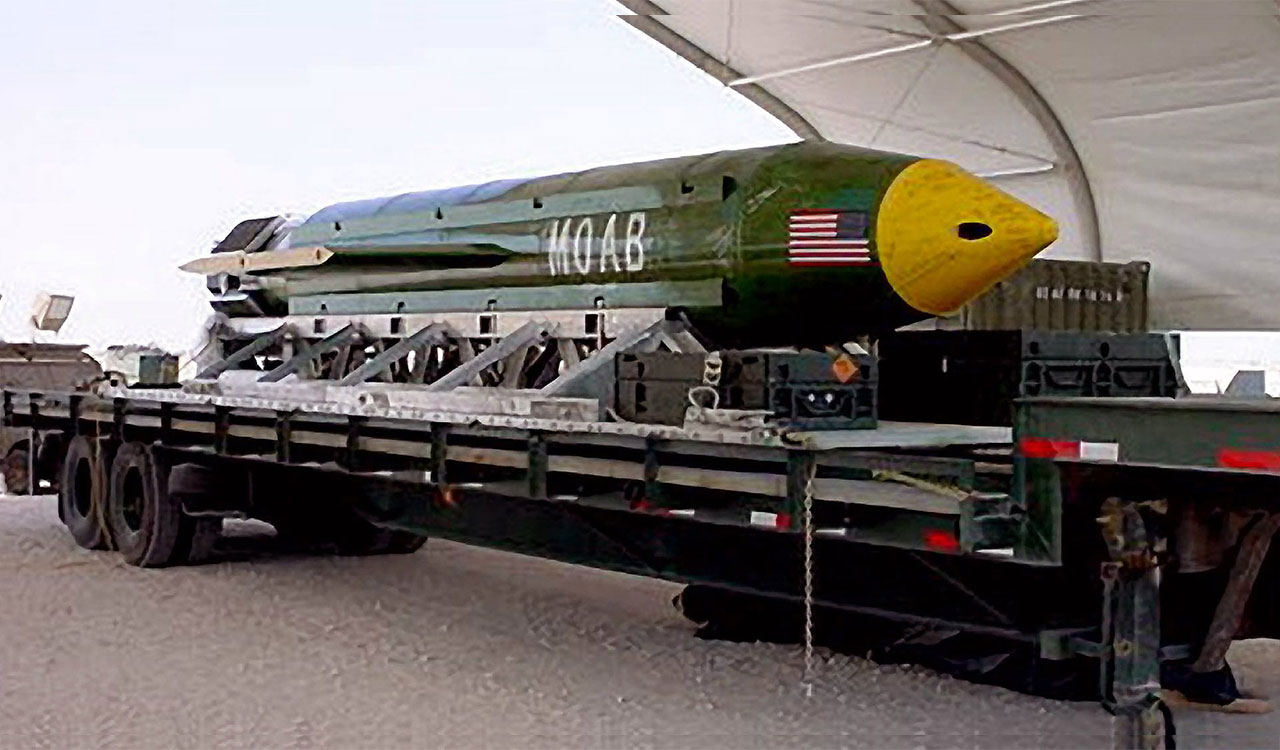As tensions between Israel and Iran enter a new phase, the United States is reportedly assessing its options regarding potential military involvement. Among the scenarios under review is the possible deployment of specialized weaponry known as bunker buster bombs.
One of Iran’s most secure nuclear facilities, Fordo, is located deep within a mountain, making it resistant to conventional airstrikes. To reach such fortified targets, the U.S. military developed the GBU-57 Massive Ordnance Penetrator (MOP), a 30,000-pound non-nuclear bomb designed for deep penetration before detonation.
These types of weapons are unique not for the size of their explosive payloads, but for their hardened steel casings. This allows them to function like a drill, burrowing into hardened targets before exploding. The GBU-57, in particular, was developed with underground nuclear facilities in mind.
The GBU-57 is so large that it can only be deployed by a B-2 stealth bomber — an aircraft exclusive to the U.S. Air Force. This means that allies, such as Israel, are not able to deploy this weapon independently, given the lack of compatible aircraft.
While the bomb has never been used in combat, defense analysts suggest that, if deployed, it could inflict severe damage to fortified targets like Fordo. In some scenarios, multiple strikes may be required to ensure penetration and destruction, increasing operational complexity and risk.
No formal decision has been announced, but the consideration of using this type of armament underscores the strategic calculations underway amid the ongoing conflict in the region.







